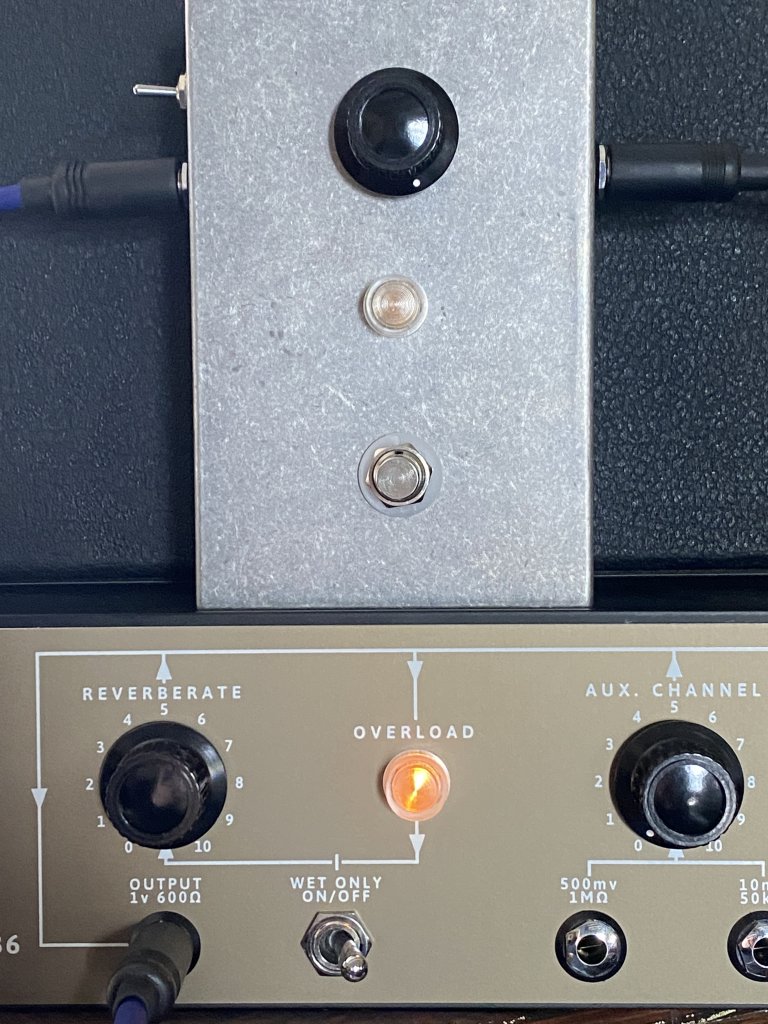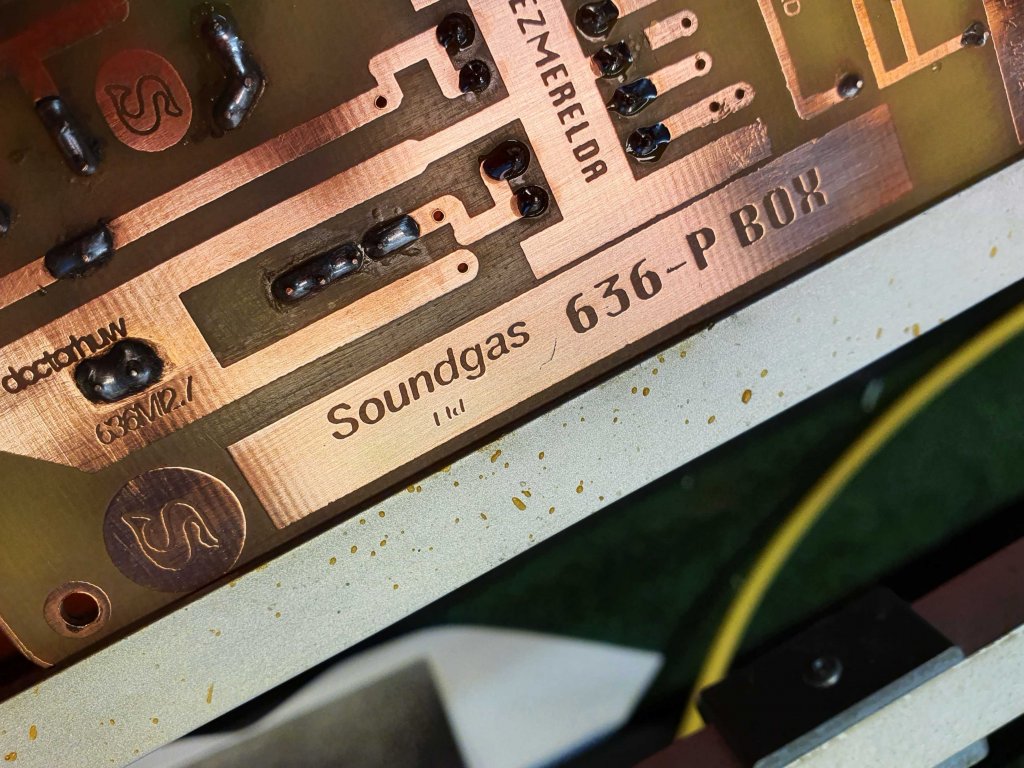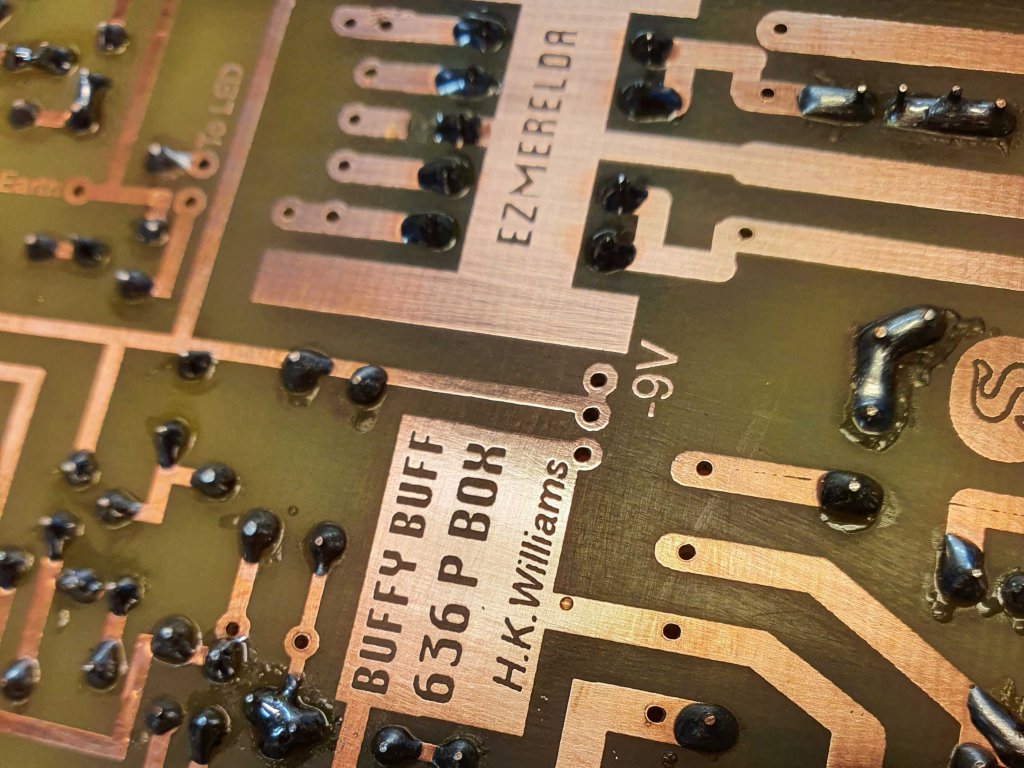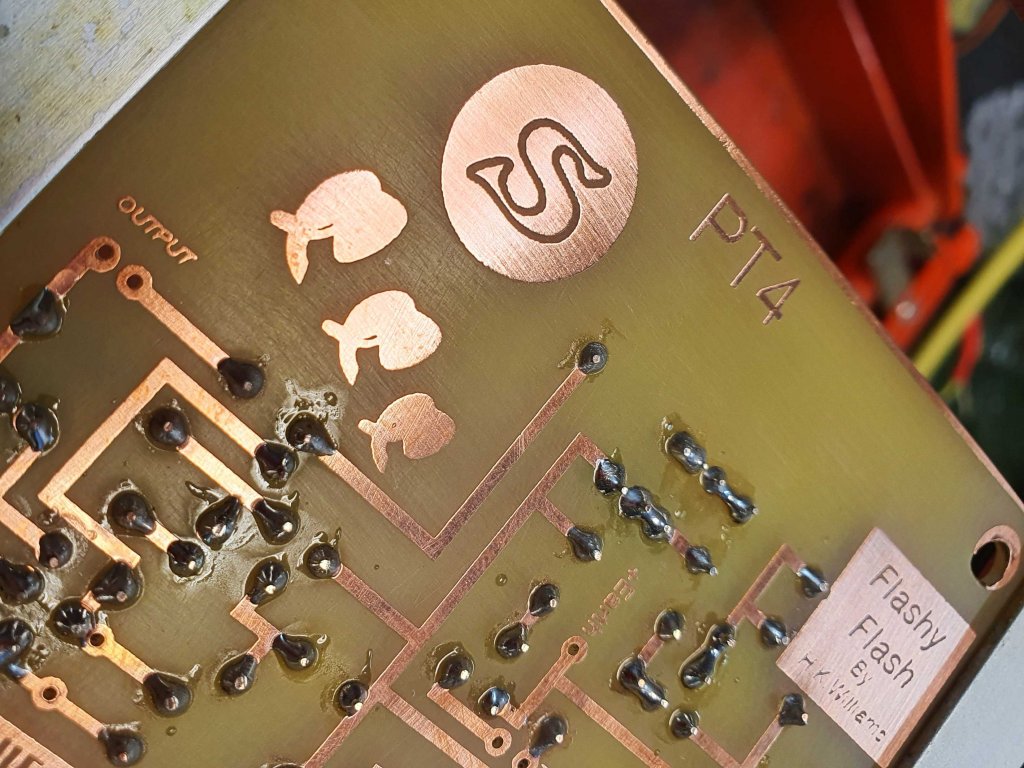
Incoming! The Soundgas Type 636P (it's not a pedal...)
News just in about our latest project: the Soundgas Type 636P: all the heft and magic of the our Type 636 mic preamp in a compact desktop box. First demos of a working prototype released!

Over two years ago we announced that we were setting out to build the Soundgas Type 636. Since then, we’ve hand-built over 50 of these incredible units from scratch entirely in house. It was designed by Dr Huw incorporating vintage components and techniques following his total rebuild of an original Grampian 636 unit for our good friend, Philippe Zdar for his studio, Motorbass in Paris. Having seen the extent to which he’d had to restore the unit – which had been badly damaged by leaking acid from the lantern battery (it had been stored on its side with the battery at the top for a couple of decades at least) – I suggested we could maybe build a new one and our journey began.
Along the way we learned a great deal; many new skills and deep knowledge were acquired by the team, from etching circuit boards to rewinding transducer bobbins and refurbishing vintage Gibbs spring tanks. Some information was taken from the original schematic, but Dr Huw made many improvements. The all important mic transformer specification was missing, and we spent a great deal of time on R&D, referring to our two original units and trying various possibilities before finding the one that had that unmistakable magic. I was continually astonished by the attention to detail required to achieve the very best results and recall Dr Huw remarking how even subtle changes to the proximity of the traces on the circuit board would alter performance. The amount of man hours that has gone into each unit is staggering. Just testing and tweaking the boards to squeeze the maximum out of the vintage germanium transistors (plus sourcing and testing the transistors themselves) required a massive investment of time.

This was a build without compromise: the goal was the very best modern reimagining of a device we know and love deeply. We set out to build something with all the wild hairy joy of the original, but at the same time also improve performance for modern (mis)use. These are being used in a way that would doubtless horrify the original designer – massive amounts of overdrive and distortion were not part of his original brief! Reduced noise and improved low end were high on our list of priorities as originals can be very noisy especially when pushed in this way. What the team have achieved with the Soundgas Type 636 is spectacular and I now rarely use my (previously constantly abused) original units, preferring the Soundgas Type 636 almost every time.
Our original intention was to create ten or twenty Type 636s and then move on to developing a less expensive unit designed along similar lines, but with a modern tank and possibly silicon transistors. Something that could be produced in greater quantities and be less reliant on the skills of our valuable techs to build. But we never felt the sound of a silicon circuit 636 was quite correct – the lush rich organic overdrive/distortion became flatter and less alive compared to a germanium unit. It was good, but simply sounded too much like other devices: the wonderful distinctive character of the Type 636 was missing with silicon transistors. Germanium reacts differently every time – Dr Huw refers to it in terms of chaos theory – and we hear Type 636s adding vibrance to even the simplest source material. A loop or drum machine really comes to life when put through a Type 636.

Fast forward to spring of 2021 and we were finally able to begin work in earnest on our next product. Dr Huw had long ago built a standalone 636 mic preamp circuit in a box (and earlier in an old Binson case) and it’d been an aspiration of ours to do something along those lines for all the people who wanted that wild creamy 636 distortion, but who couldn’t justify the expense of a Type 636.
We’ve added the preamp to a modified RE-201 Space Echo for our studio, but it didn’t quite work the same magic as a standalone 636 mic pre so we continued work developing a standalone box. It was originally referred to as the ‘S Box’ but as it’s a Type 636 Preamp, it bears the title 636P.

The R&D process involved many ideas and dead ends – adding fuzz circuitry, different transistor options, extra bells and whistles – but in the end we concluded that the magic of the Type 636 mic preamp circuit was what we all really wanted and not to gild the lily. An impedance switch was felt to be a sensible addition, and of course the distinctive and mesmerising 636 signal lamp (or ‘flashy flash’ as the lamp circuit is titled – very technical…). In the course of discussions, much was said about the profusion of guitar pedals already in circulation and while there is no denying the appeal of this circuit to axe botherers (Pete Townshend was the first to use a Grampian 636 for guitar distortion with The Who), the planet really didn’t need yet another guitar overdrive/distortion pedal.
Like the Soundgas Type 636 these will be hand built in limited numbers using vintage components. We are exploring various transistor options as they are only available in limited quantities. Like the Type 636, each one will have a unique sonic signature, because all germanium transistors (even of the same production batch/type) change over time and behave slightly differently. As with the Type 636 we will ensure that every single unit is worthy of bearing the name before it leaves here.
So, it goes a little like this…
We have more R&D and testing still to do, and plan to release a handful of prototypes for real world testing with friends who already own and use Soundgas Type 636s. Once we have finalised the design of the production prototype and have secured sufficient components, we will release further details and take limited preorders for the initial production run. If you are on our mailing list, you will be kept up to date with progress and be offered a chance to preorder.
We are all very excited to hear how the Soundgas Type 636 P develops and look forward to hearing the sounds they make once released into the wild. And – never ones to make things too easy – we have already moved forward with some other exciting new product development plans. These will be offered via the mailing list only initially so make sure you’re on the list and check our updates to be informed.







